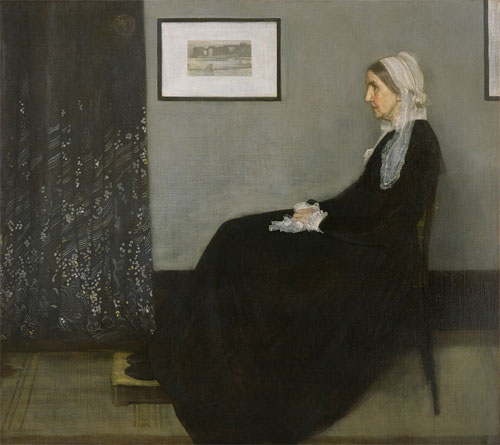Using Black when Painting

Black is really the absence of colour as it absorbs light and no paint or dye can truly replicate this total absorption. A perfect black can simply not be achieved in a single pigment and so there will always be a bluish or reddish undertone depending on the black that is used.
In oil Colour, Ivory Black – derived from charred animal bones – has a brown undertone. Lamp Black – so called as it was made from the soot collected from oil burning lamps – has a blue undertone. Mars Black – the most modern black derived from Iron Oxide – is the most opaque and ‘blackest’.
Because a black may deaden or flatten an area in a painting, mixing colours to achieve a rich, very dark colour close to black can be far more effective and more in harmony with the rest of the painting. Traditionally, a more ‘natural’ black was achieved by mixing a dark brown or red with a dark blue. I also find that Viridian with Burnt Sienna or Purple Lake creates a lovely rich colour.
Blacks should also be carefully chosen when mixing with other colours. Whilst adding Ivory Black to reds and browns will successfully darken these, it will ‘muddy’ blues and greens and Lamp Black, with its blue undertone, will muddy reds and oranges. Mixing complimentary colours – red with green, yellow with violet or blue with orange – will achieve intense darks that can not be achieved by simply adding black.
